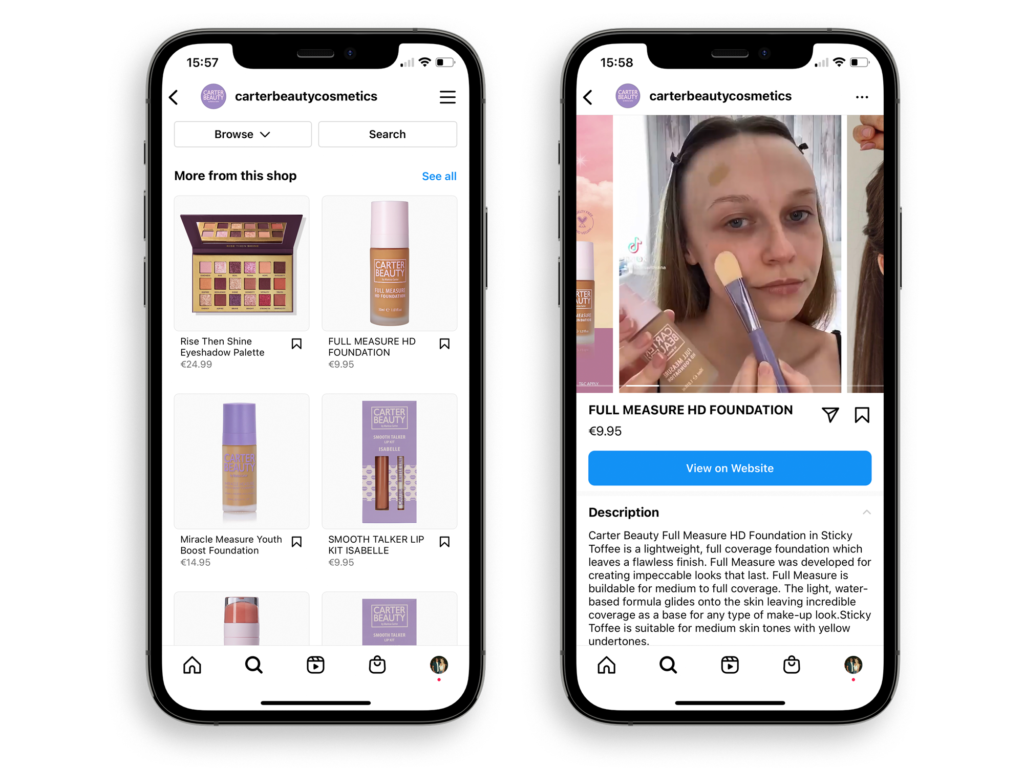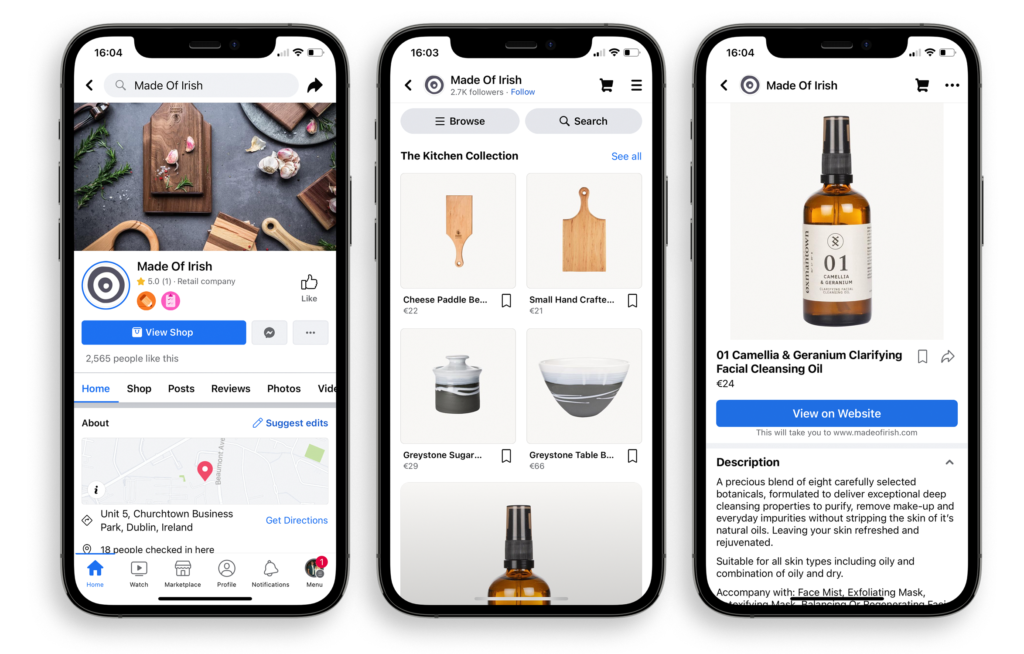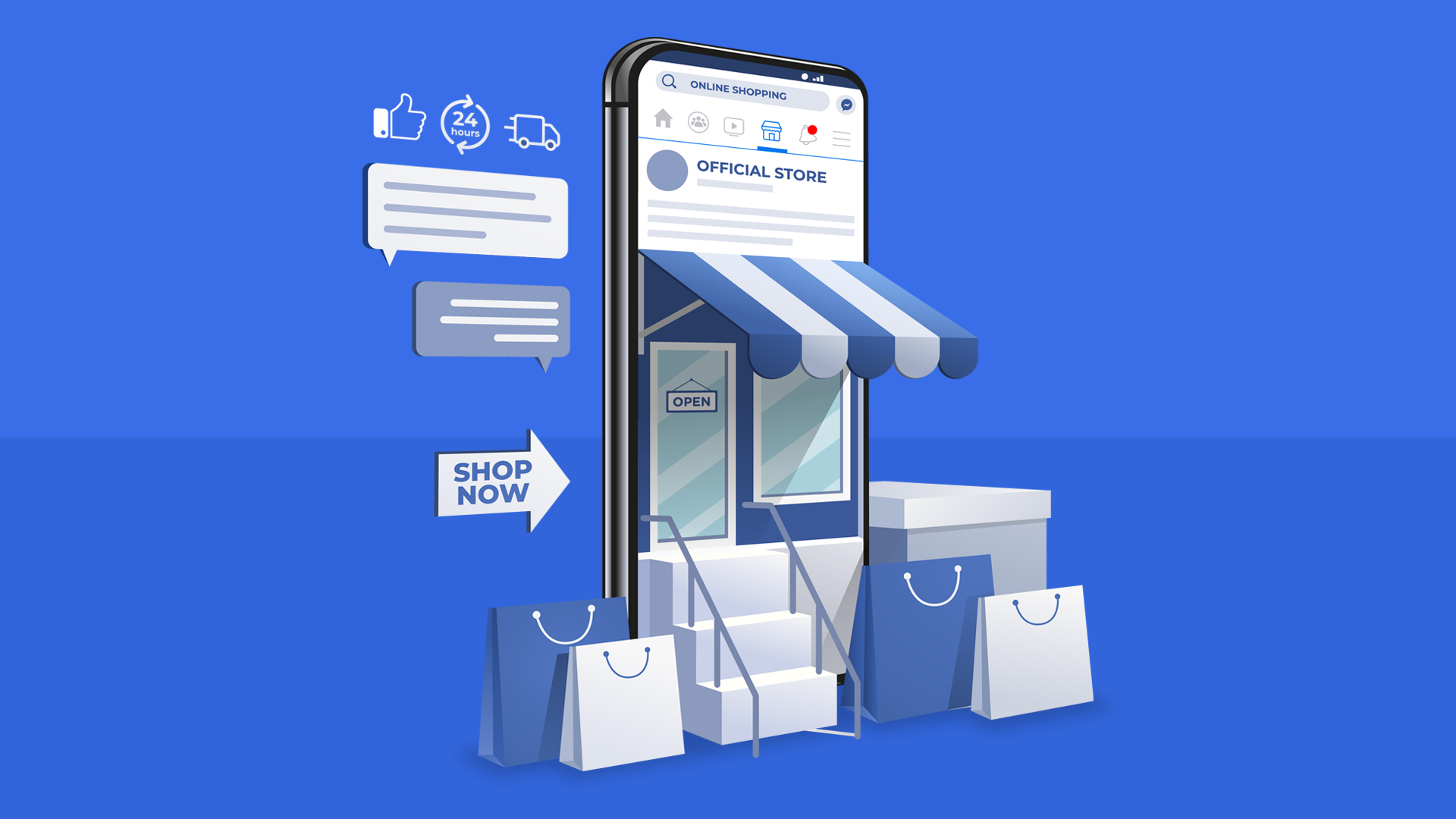Over the last 2 years, businesses have dealt with more change in how consumers shop than in the past two decades.
At the same time, customers are impatient. Getting and keeping their attention is a god-like skill that every marketer wants to learn. So, how do you do it?
One of the primary ways to prevent users from getting distracted is by removing friction.
Ever been on an online store with endless stages between the landing page and checkout? Every extra step in the purchase process is another chance people have to drop off. On the other hand, every step we can remove in the purchase process will have a measurable impact on revenue.
One way you can remove some steps in your purchase process is by introducing social commerce. Social commerce creates a seamless experience for customers by reducing the friction points by offering direct and one-click purchasing options, boosting consumers’ confidence and leading to more sales.
With the rise of working from home, we have also seen an increase in the length of time spent on social media platforms. The average user now spends 15% of their waking day on social platforms. Your brand now needs to be readily available to your customers, especially on social media. Social media platforms are developing new ways to engage customers, forcing ecommerce to migrate to these platforms.
Social commerce is at the centre of online shopping for tomorrow’s consumers.
What is social commerce?
Social Commerce is the use of social media sites such as Facebook and Instagram to promote and sell products or services. It allows customers to checkout directly through that social networking site and not get redirected to your website. It gives businesses the opportunity to create seamless ecommerce experiences for their social media followers and engaged community. Customers can view and purchase products and services in the moment rather than redirecting customers elsewhere. Social commerce is on the rise. Almost half of China’s internet users shop on social media channels, generating revenue of €323.6 billion in 2021. Sales through social media are expected to treble by 2025.
Most E-Commerce Stores
Ads to Home → category → product → Shop all → cart → checkout → purchase
The Best E-Commerce Stores
Ads to Product Page → Popup Cart → Checkout → Purchase
Social Commerce
Product → Purchase
Which platforms are the best for social commerce?
There are only a few social media platforms that currently offer social commerce. As more consumers begin to buy on these platforms, it’s likely that other platforms will follow suit and the capabilities of these platforms will continue to evolve.
Instagram Shopping
60% of consumers discover new products through Instagram. Instagram shopping allows users to shop brand’s photos and videos all across Instagram. To set up Instagram shopping, brands will need Facebook shopping first to pull the data from your Facebook shop. Your Instagram store is fully customisable. Each product gets its own detail page with pricing, images, detailed description and a call to action. Brands can tag their products in stories, pictures and videos. It’s fair to say that products that stand out visually in users’ feeds have the potential to create a presence on Instagram.
Currently, Irish brands can promote their products on the app with product descriptions, pricing etc, but the call to action is to bring the user to the e-commerce store. Users in the US and parts of Europe can complete their purchases on the app without being redirected to the brand’s website. Ireland is lower down the list of countries when it comes to rolling out new app features, but it is only a matter of time before it is introduced here.

Facebook Shopping
Facebook is a well established and versatile platform. Brands can move into social commerce on the platform quite easily. Like Instagram, Facebook shops is fully customisable. You can create a tailored experience that is consistent with your brand, from fonts, colours and imagery. It also has the ability to import an existing catalogue of products from your website.

“Pinterest users are 7 times more likely to say that Pinterest is the most influential platform in their purchase journey, compared to other social media platforms”. While Pinterest doesn’t exactly offer social commerce, it does allow business accounts to create ‘product pins’ which are displayed in the brand’s Pinterest shop. Instead of users being able to purchase products in the app, they will be sent to the ecommerce site to complete the sale. Once again, it is only a matter of time before Pinterest make it possible for users to make purchases within their app.
Conclusion
Social media is continuing to evolve and the growth in e-commerce during the pandemic is creating more opportunities for brands to develop social commerce experiences. Social commerce allows brands to create a frictionless shopping experience and reach consumers in the places that matter. To succeed in social commerce, brands must have a clear strategy and utilise the right channels to connect with their target audience.
Social commerce is still evolving. It is likely we will see more platforms adding social commerce to their list of features in the future. We recommend that Irish brands get ahead of the curve. Create a social commerce strategy in place for when these platforms release these features. As we covered in our blog “how to use social ads to retain customers”, the cost of advertising on social media was low at the start, but as businesses jumped onto the bandwagon, the costs increased and those who got their first reaped the rewards. So why not reap the benefits from social commerce before your competitors?
Looking to improve the performance of your social marketing efforts? Book a free consultation call to learn more about how we can help you to drive business results




